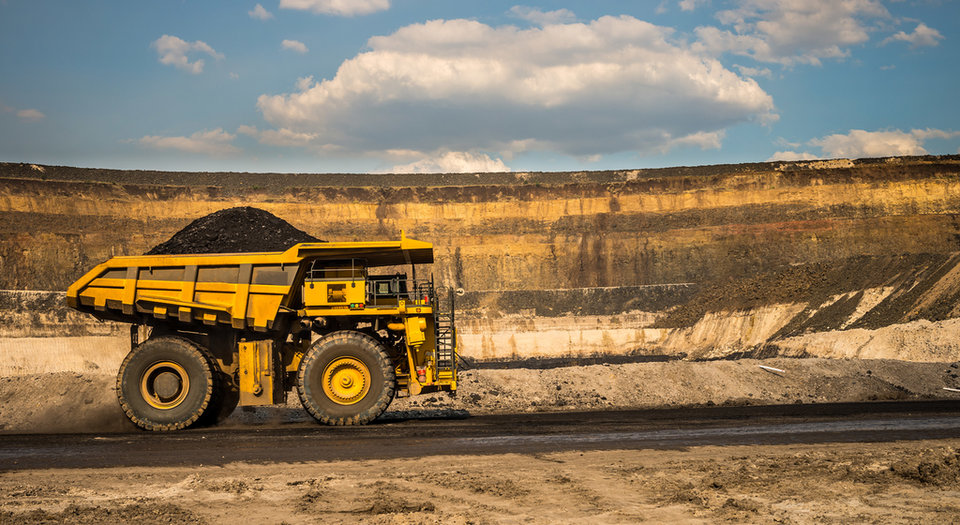
REGIONAL FOCUS
Queensland exploration: around the state’s new mine sites
Queensland has announced a A$2.5m fund for exploration projects, and miners big and small are looking to expand their operations. JP Casey investigates.
M
ining remains a cornerstone of the Australian economy, and no more so than in the mineral-rich state of Queensland. According to figures from the state government, mining made up 11.7% of the state’s economy between 2019 and 2020, contributing close to A$40bn in funds.
The sector also employed around 36,000 people as of 2020, proving a resilient source of employment for Queenslanders amid pressures such as climate change and the Covid-19 pandemic, with the number of people employed in mining increasing each year since 2017. Yet much of this wealth and employment is tied up in a small number of vast mines that dominate both the state, and Australia’s, mining industry.
The Peak Downs coal mine in the Bowen Basin boasts an annual production of around 12 million tonnes of coal, and the Adani Carmichael mine, initially proposed as a titanic project with an annual output of 60 million tonnes, has since had its ambitions scaled back in the wake of anger from environmental and indigenous groups.
Projects such as these are undoubtedly productive and profitable, but with increasing awareness of the damage that these kinds of facilities can do to the environment, there is a delicate balance to be struck in Queensland between reliance on mining for money and employment, and minimising environmental damage.
Perhaps in response to this, the state government has unveiled a new funding scheme to support what it calls “next-gen mineral discoveries”. The Collaborative Exploration Initiative (CEI) will see A$2.5m in funding granted to miners eager to explore for minerals at untapped sites across the state, alongside support from the state’s Open Data Portal, an open-source database of mineral and geological information to aid in exploration work.
The scheme could help usher in a new generation of smaller mines, focused on speciality minerals, and help shift the balance of power in Queensland mining away from the giant coal plants that have dominated the sector for a generation.
// Main image: Dump Truck with Coal on a Haul Road. Credit: CUHRIG